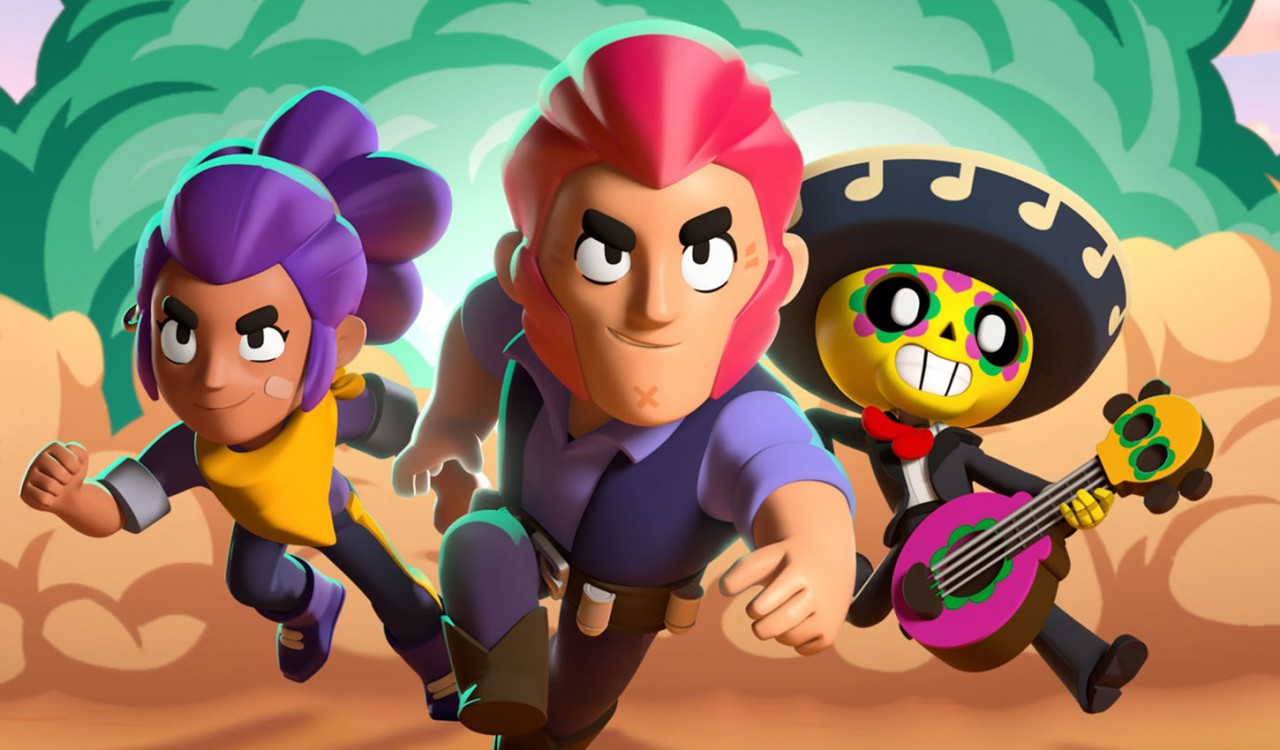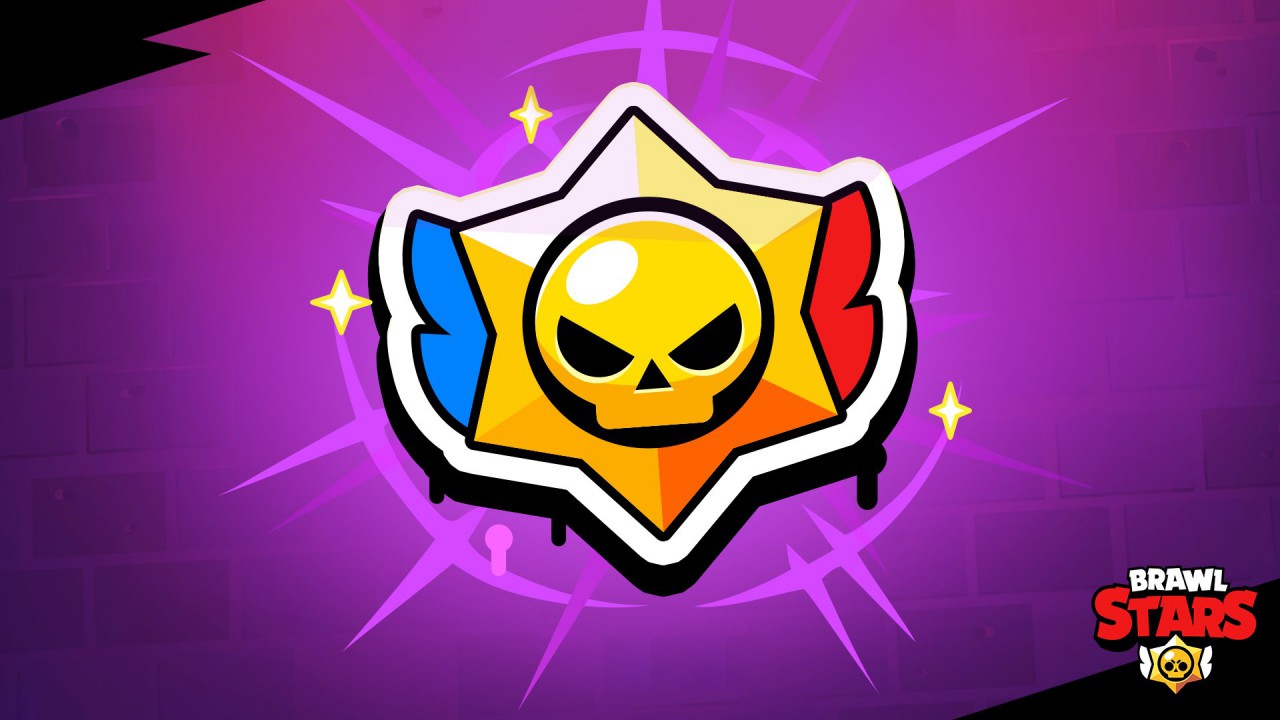The Strategic Depth of Brawl Stars: How Team Composition Shapes Gameplay
Team composition in Brawl Stars is perhaps one of the most pivotal and intricate elements that define a player's success in the game. Brawl Stars, as a fast-paced multiplayer mobile game, might seem like it is driven purely by individual mechanical skill, but the importance of having a balanced and well-thought-out team cannot be overstated. At its core, Brawl Stars is a team-based game where every match, regardless of the mode, hinges upon the strategic selection of Brawlers that complement one another's abilities and fill specific roles within a team. In any given match, whether it be Gem Grab, Heist, Brawl Ball, or even Showdown, the team composition needs to cater to both the game mode's unique requirements and the synergy between Brawlers. Unlike some games where players can simply rely on sheer firepower or overwhelming force, Brawl Stars demands that players take into account the strengths and weaknesses of both their own team and the opposing one. This dynamic creates a meta that is constantly evolving, where players have to adjust to counter compositions, adapt to new strategies, and understand the importance of synergy between Brawlers.

The strategic depth of Brawl Stars becomes even more apparent when examining the unique abilities and characteristics of each Brawler. Every Brawler comes with a distinct set of attacks, supers, gadgets, and star powers, each contributing differently to the team's overall performance. For example, a tank like Frank can provide crowd control and soak up significant damage, allowing the rest of the team to focus on dealing damage or controlling objectives. However, Frank's effectiveness is largely tied to his teammates, who must help him navigate the battlefield and capitalize on his powerful Super, which stuns enemies in its radius. Pairing Frank with a ranged damage dealer like Piper, who can stay at a safe distance and deal massive damage, or a healer like Pam, who can keep him alive while he tanks damage, maximizes the potential of his abilities. This level of synergy requires players to not only choose Brawlers based on their individual merits but also on how well they can complement the strengths and cover the weaknesses of their team members. Additionally, the importance of positioning cannot be overstated. A Brawler like Shelly, who excels in close-range combat, may struggle if placed in a situation where the enemy team can engage from a distance. However, when paired with a Brawler like Nita, who can control areas with her bear and cover long-range needs, Shelly becomes much more effective in pushing up the map and engaging enemies on her terms. This dynamic between Brawlers illustrates how the strength of a team comes not just from individual prowess but from understanding how each Brawler's unique abilities can be best utilized in harmony with others. This synergy is especially critical in high-level competitive play, where teams meticulously craft compositions to counter popular meta teams and exploit the opponent's weaknesses.

Furthermore, Brawl Stars' team composition strategies are not static; they evolve constantly, influenced by new updates, balance changes, and the introduction of new Brawlers. The dynamic nature of the game's meta adds another layer of complexity to the strategy of team composition. A Brawler that was once considered underwhelming might become a crucial part of a dominant strategy after a balance update. Take, for example, the introduction of new Brawlers or major changes to the abilities and star powers of existing ones. The release of Brawlers like Edgar, who is highly mobile and capable of dealing swift burst damage, prompted teams to reassess their strategies. Suddenly, high mobility and burst damage became a core component of many successful compositions, forcing players to rethink their reliance on tank-heavy teams and shift toward faster, more aggressive setups. Additionally, balance changes made by Supercell can dramatically affect which Brawlers are viable in competitive play. A nerf to a Brawler like Gene, for instance, might reduce his effectiveness as a support hero, while a buff to Brawlers like Max might increase their mobility, making them more essential to team compositions. As a result, players must constantly stay up to date with the latest balance changes and adapt their team compositions accordingly. In competitive and tournament play, this is especially important, as professional teams often make roster changes or tweak their strategies based on the newest meta shifts. They study patch notes meticulously, testing new combinations in scrims, and adjusting their playstyles to capitalize on the most effective Brawlers. At the highest levels of play, team compositions become fluid and flexible, with players ready to adapt their strategies not only between matches but sometimes even within a single game.


